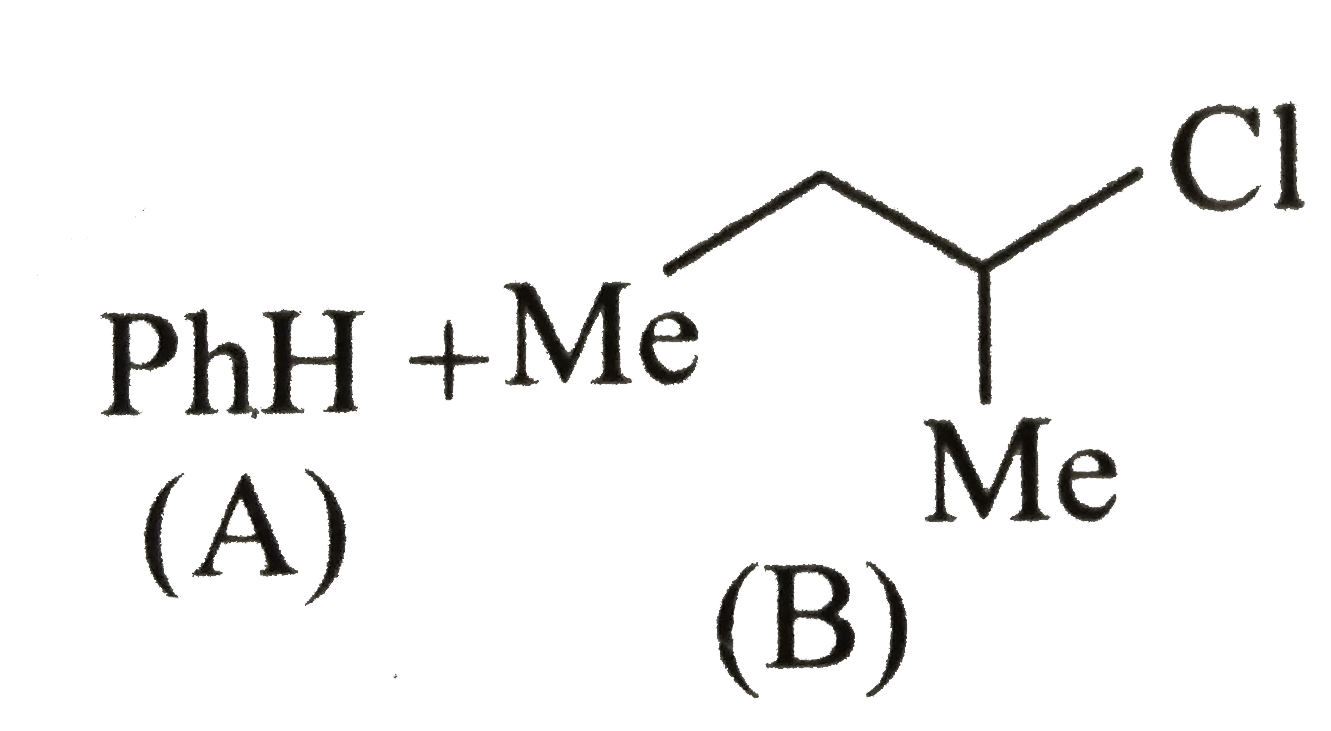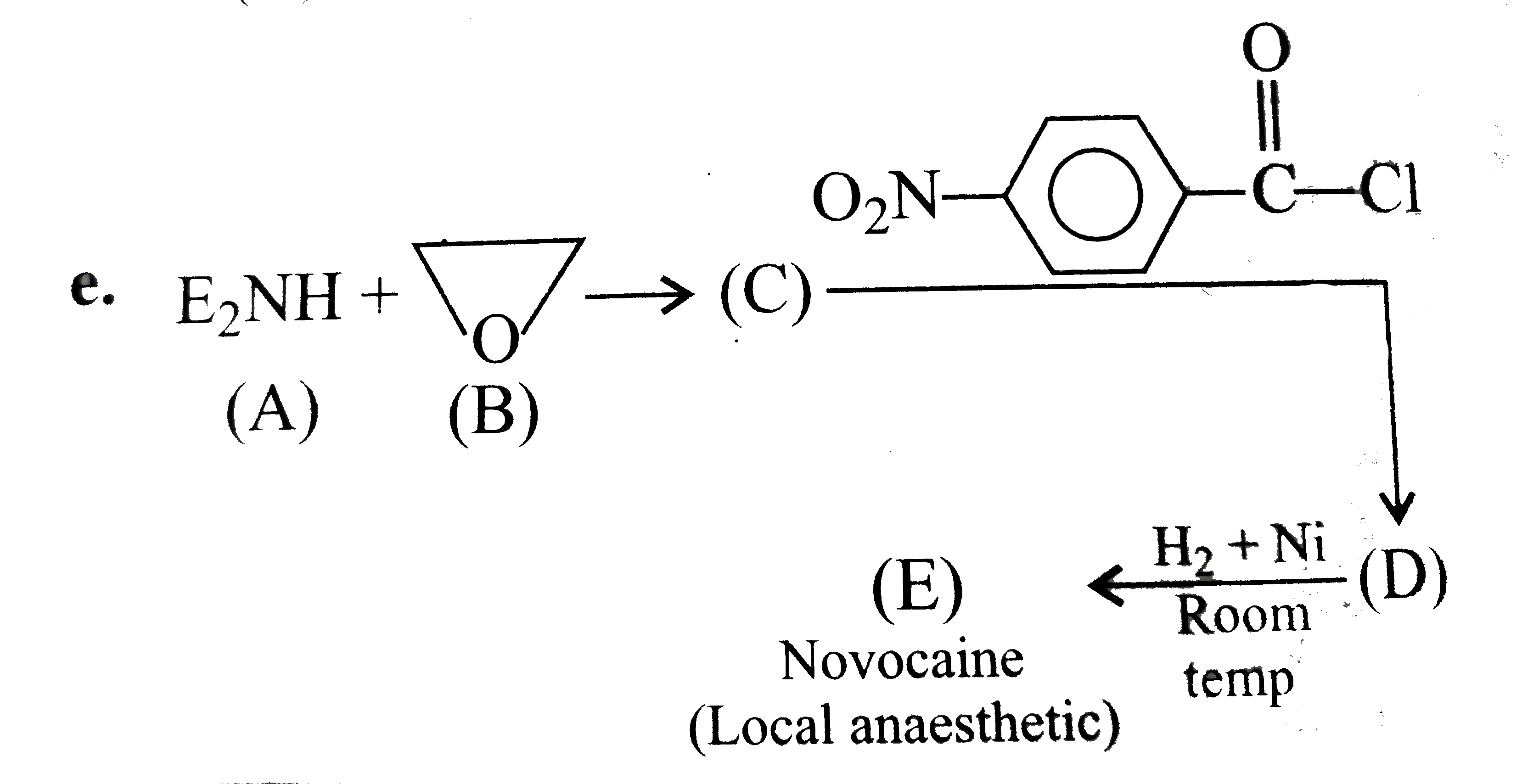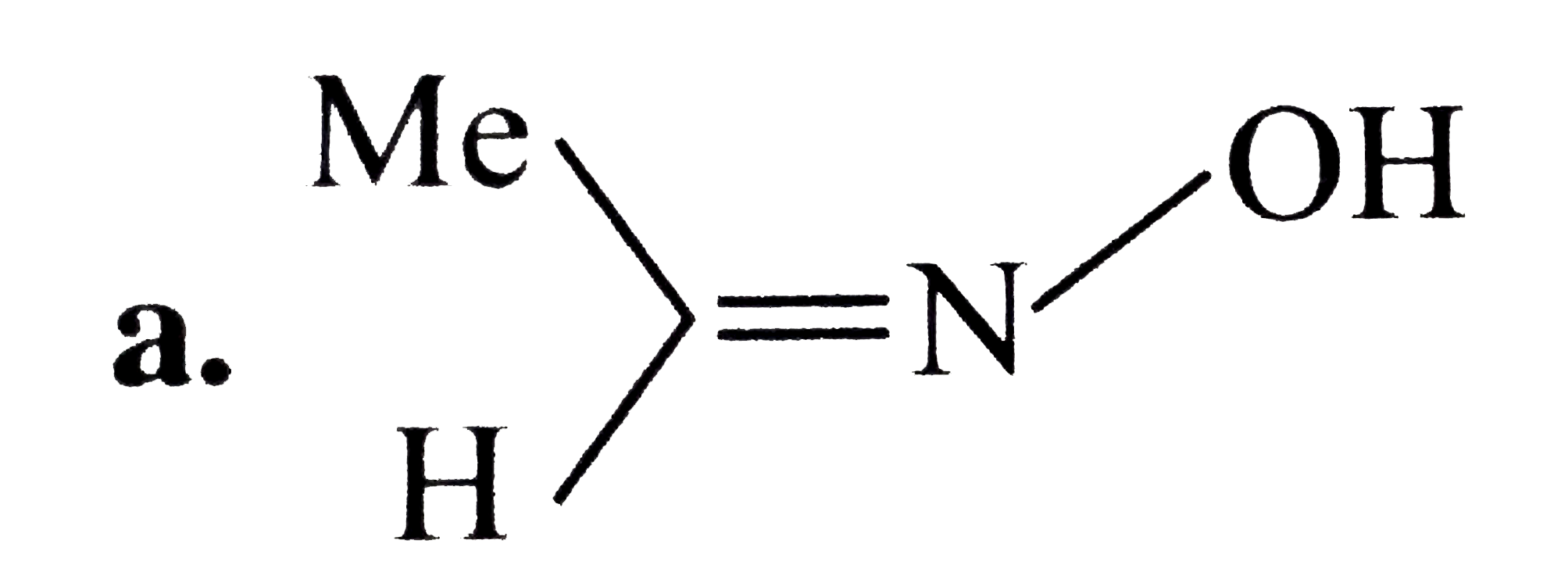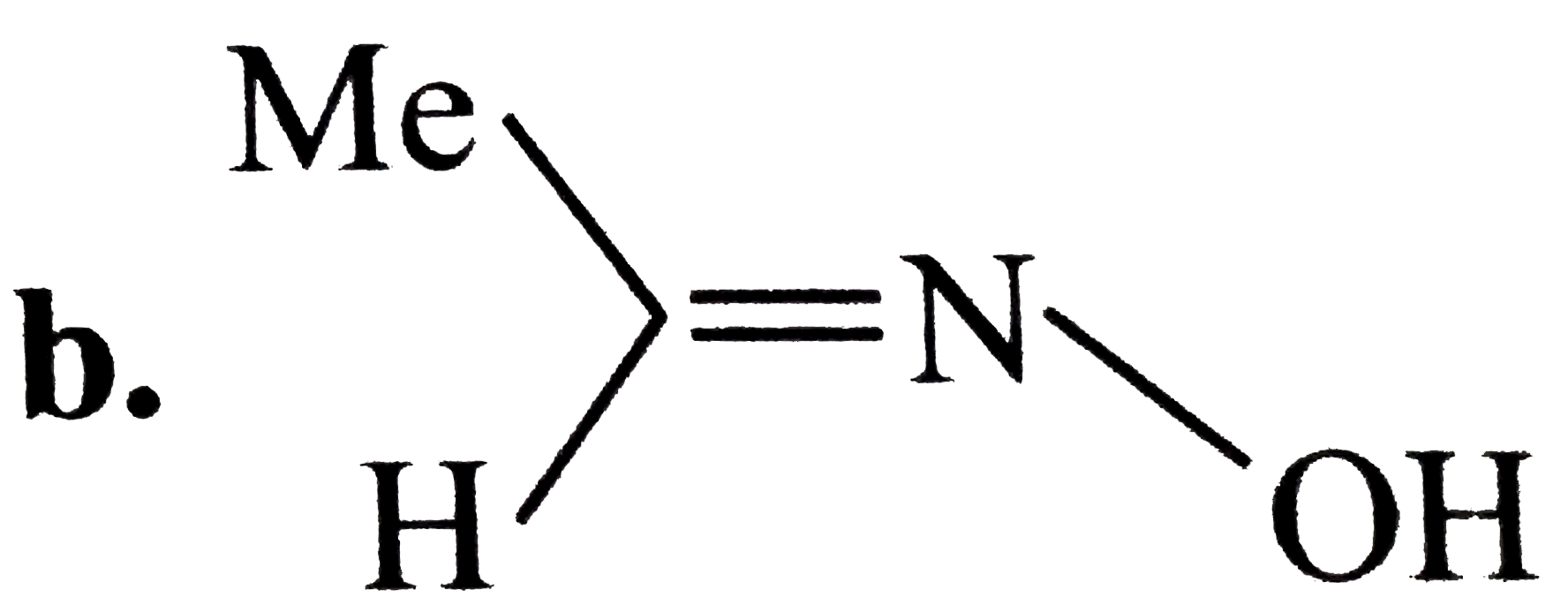Fill in the blanks :
2NO+O2(A)→2NO2(B)cold−−−→←−−−−−heatN2O4(C )
A-Colourless , B-Brown, Paramagnetic , C-Colourless Diamagnetic
A-Brown , B-Colourless Diamagnetic , C-Brown Paramagnetic
A-Colourless , B-Colourless, Paramagnetic , C-Brown , Diamagnetic
A-Brown , B-Brown, Paramagnetic , C-Brown , Diamagnetic
The correct Answer is:A
A-Colour less gases
B-Brown, paramagnetic gas due to presence of an odd electron
C-Colourless , diamagnetic solid
Topper's Solved these Questions
- P-BLOCK ELEMENTS BOOK - MARVEL PUBLICATIONCHAPTER - P-BLOCK ELEMENTS EXERCISE - TEST YOUR GRASP
50 Videos
- ORGANIC COMPOUNDS CONTAINGING NITROGEN BOOK - MARVEL PUBLICATIONCHAPTER - ORGANIC COMPOUNDS CONTAINGING NITROGEN EXERCISE - TEST YOUR GRASP
40 Videos
- POLYMERS BOOK - MARVEL PUBLICATIONCHAPTER - POLYMERS EXERCISE - TEST YOUR GRAP
35 Videos
Similar Questions
Complete the following reactions
a. PhNH2(A)HNO2−−−→0.5∘C(B)−−−−→DH2PO2(C)
b.
c. PhCH(A)=O+HCN(B)→(C)LAH−−→D
d. PhCH=O(A)+MeNO2(B)ΘOH−−→Fe,FeSO4−−−−−−→H⊕D
e.
View SolutionWith the help of F.C. Explain which Lewis structure is more stable for the following molecules :
(a) N2O:(i):Θ..N=2+O=..N:Θor(ii):N≡⊕N−..O..:Θ
(b). H2SO4:(i)H−O−:..O:Θ∣S+2∣:O..:Θ−O−Hor(ii)H−O−..O:∣∣S∣∣:..O−O−H
HNO3(i)H−O−⊕N∣:O..:Θ=..O:or(ii)H−O−+2N∣:..O:Θ−..O..:Θ
(d). CI2O:(i):....CI−..O..−..C..I:or(ii):..O..−..CI..−..C..I:
View Solution
Knowledge Check
Consider the following sequence of conversion.
2NO+O2(X)⇔2NO2(Y)cool⇐⇒heatN2O4(Z)
X, Y and Z can be described asAXYZColourlessBrown paramagnetic Colourless diamagneticBXYZBrownColourless diamagneticBrown paramagneticCXYZColourlessColourless, paramagneticBrown diamagneticDXYZBrownBrown paramagneticBrown diamagneticMeCH(A)=O+H2NOH(B)HCOONa−−−−−→Δ(C)+H2O Product (C ) is:
A B
B CMe−C≡ND
CMe−C≡ND
The correct stability order of the following resonanating structures is :
CH2=C=O(I) C3−C−+C=O(II) H2C=+C−−O(III) H2−C−C≡+O(IV)A(IV)>(I)>(III)>(II)B(II)>(IV)>(I)>(III)C(III)>(II)>(IV)>(I)D(I)>(IV)>(III)>(II)
Which of the following structures for N2O gives a more accurate representation of the molecule ?
:N≡+N(T)−⋅⋅−O⋅⋅:⋅N⋅⋅=⊕N(II)=⋅⋅O⋅⋅
View SolutionCompare the acidities of amide ⎛⎜ ⎜⎝R−C∣∣O−NH2⎞⎟ ⎟⎠ and sulphonamide ⎛⎜ ⎜⎝R−O∣S∣∣O−NH2⎞⎟ ⎟⎠
View SolutionThe correct systematic IUPAC name of the given compound is :
CH2∣COOH−OH∣C∣COOH−CH2−C∣∣O−OH
View SolutionThe systematic name of
CH3−C∣∣O−O−CH2−C∣∣O−OH
View SolutionCH3−C≡N+H2O(excess)H+−−→ANaOH+CaO−−−−−−−→ΔB
B is ?
View Solution